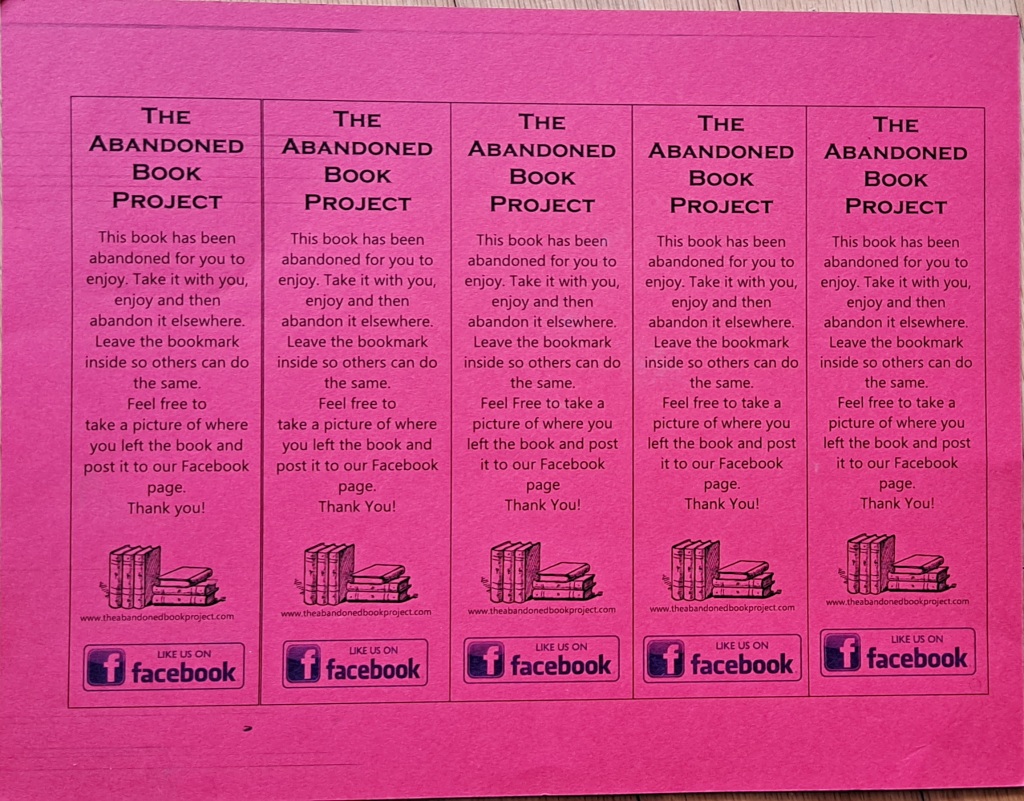Tags

At a recent dinner, the gentleman seated next to me asked a question that momentarily left me at a loss for words: “How do you start writing a story?”
A journalism major in college, I immediately went to work for a large metropolitan newspaper upon graduation. I’ve been “starting stories” for so long, it’s almost like breathing to me. It defies explanation.
Yet, after a bit of consideration, I discovered that I do have a process: I begin by wading around in my interview notes, searching for a structure to the piece that I’m trying to write. (It’s not always easy, especially if the subject was boring or I have too much information to whittle down, etc.) That’s when I stop everything and hunt through my mind for a good beginning. I write it down and get the “lead” on paper. Then, I can sit back and think about where the story is going and how I plan to get there.
What is a lead? It’s probably the hardest part of the story to write. I’ve often heard writers say that if you’ve written your lead, you have, in a sense, written half your story. Finding a good lead requires a fair amount of much time, along with a bit of trial and error. Several possibilities will occur to you, but a writer must choose one that is sound. It should never promise what does not follow. If you read an exciting action lead about kidnappings by drug traffickers but the actual story turns out to be about the cost of vitamin supplements, you’ve been had. The lead – like the title – should be a flashlight that shines down into the story.
Renee Garrison is the award-winning author of Anchored Together and Past President of the Florida Authors and Publishers Association.










